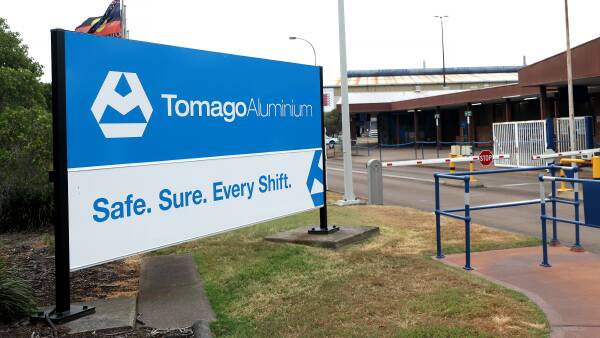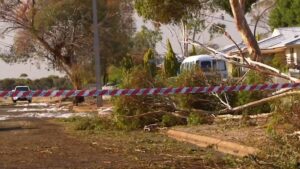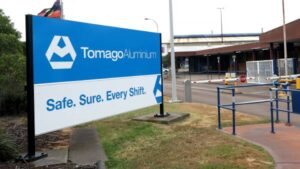
The future of Tomago Aluminium may be determined this week as negotiations with the Australian federal government intensify. The discussions are focused on securing a sustainable power supply agreement before the current contract expires in 2028. With energy costs accounting for approximately 40 percent of the plant’s operating expenses, a new agreement is crucial for the plant’s viability.
Tomago Aluminium, which is significantly owned by Rio Tinto, has expressed the need for a medium to long-term solution rather than a short-term contract spanning just three to four years. The smelter must weigh the economic implications of a new power supply against the maintenance needs of its aging facility, which has been operational for over 40 years. In a proactive move, the company initiated a four-week consultation process with staff last month, highlighting the potential for closure if a new sustainable power supply contract is not secured.
The closure of Tomago Aluminium would mark the largest industrial shutdown in Australia since the closure of the BHP steelworks in 1999, potentially impacting around 1,500 direct jobs and an estimated 2,500 to 3,000 indirect jobs. The consultation period concluded last Friday, leaving stakeholders hopeful yet cautious about the outcome of the ongoing negotiations.
Potential Supply Deal on the Horizon
While a formal agreement has yet to be reached, there is cautious optimism that a breakthrough could occur soon. If successful, the deal is likely to involve a power supply arrangement with Snowy Hydro, a government-owned entity. This arrangement, referred to as a scheme financial vehicle (SFV), would enable the government to procure clean energy through power purchase agreements and resell it at a stable price to Tomago Aluminium.
Support for this initiative has grown among key industry groups and unions. A recent poll of 4,711 Australians, including 1,952 residing in renewable energy zones, revealed substantial backing for government investments aimed at assisting manufacturers in accessing more affordable renewable energy. The survey indicated that 68 percent of respondents in renewable energy zones across New South Wales, Queensland, and Victoria, along with 71 percent nationally, believe the federal government should invest in this area. Notably, support was highest in the Hunter region, where 72 percent of those surveyed agreed with the proposition.
Expert Perspectives on Renewable Energy Financing
In a discussion on the potential benefits of SFVs, former chief executive of the Clean Energy Finance Corporation, Oliver Yates, noted that these vehicles could provide lower-cost financing and facilitate the development of necessary infrastructure, such as wind, solar, and battery storage. He explained that the government would effectively secure long-term contracts for renewable energy and storage, thereby reducing project financing costs. This, in turn, could lead to lower charges passed on to Tomago Aluminium.
As the negotiations progress, stakeholders remain hopeful that a resolution will be reached, ensuring the future of Tomago Aluminium and safeguarding thousands of jobs in the region. The outcome of this week’s discussions could have significant implications for the local economy and the broader Australian manufacturing sector, particularly in terms of transitioning to sustainable energy solutions.







